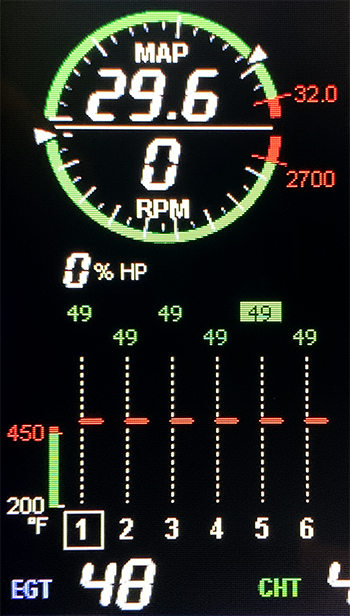Subscriber question:
"I'm transitioning to a Piper Arrow. I would check RPM on the takeoff roll in the Cessna 172 (usually about 2400 RPM until it started moving). RPM on the Piper Arrow with a constant speed prop is always redline but manifold pressure seems to vary. Is something wrong with the airplane?" —Kaniki I.
David:
 “Good on you for noticing. I think this is the most overlooked engine check during takeoff for non-turbocharged piston airplanes.
“Good on you for noticing. I think this is the most overlooked engine check during takeoff for non-turbocharged piston airplanes.
It’s a two-part check. Before engine start, look at the manifold pressure gauge. It gives an approximate measure of the ambient air pressure. If it was a standard day at sea level, it would show about 30 inches, which is pretty close to the air pressure of 29.92. As the air density decreases with altitude and temperature the indication on the MP will be correspondingly lower, as it will drop about one inch per 1000 feet of altitude. At a 5000-foot airport elevation airport, you would see about 25 inches on the MP gauge before start on a standard day. Make a note of whatever number you see before engine start.
At wide-open throttle during the takeoff roll, the MP should be about one inch lower than what you saw before engine start. So, on that standard day at sea level, you should see about 29 inches of MP, but on that same standard day at 5000 feet, you should see about 24 inches of MP. Both readings are as expected for the conditions of that takeoff. A significantly lower manifold pressure is not right, and the takeoff should be rejected at low speed and the cause investigated.
In all cases, you should see full RPM if the prop governor is doing its job, so it’s important to check that as well.”
Do you have a target manifold pressure (or RPM) you check for on the takeoff roll?
